Here are the most popular types of fish consumed in Japan. Check it out!
Beyond the delicate slices of sashimi, Japan boasts a deep love for seafood. Dive into the delicious world of the most popular fish in Japan, from the king of sushi to versatile favorites enjoyed grilled, fried, and beyond!
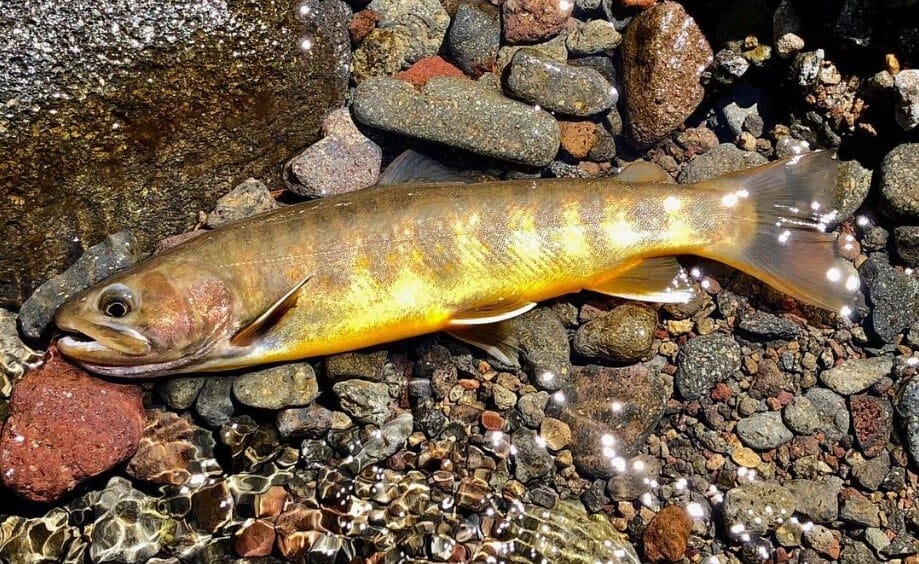
- Related: Reasons Why Japanese Eat Raw Fish
Page Contents
Popular Types Of Fish Consumed In Japan
Salmon
Globally, there are eight (8) types of salmon, and they are King salmon, Chum salmon, Pink salmon, Silver salmon, Red salmon, Cherry Salmon, Atlantic Salmon, and Rainbow trout. Typically, Atlantic salmons and Rainbow trout are seen in Japanese waters.
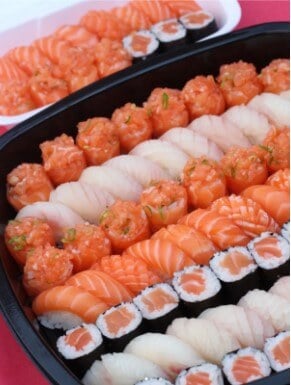
In Japan, salmon is usually served as Sashimi (raw) and the like. It’s also common to see salmon in sushi or on the grill.

Salmon dishes in Japan are very versatile too as they can be seen in food bazaars, street food, and festivals, but they can also be seen in high-end restaurants and buffets all over the country.
Healthy eating is one of Japan’s identity and eating salmon is known to improve overall cardiovascular health, prevent inflammation, improve eyesight, and even hair health too!
Tuna
Tuna is considered one of the favorites of the locals in Japan, and there are typically six (6) types and they are Kuromaguro (Bluefin tuna), Minamimaguro (Southern bluefin tuna), Mebachi (Bigeye tuna), Kihada (Yellowfin tuna), Binnaga (Albacore tuna), and Koshinaga (Longtail tuna).
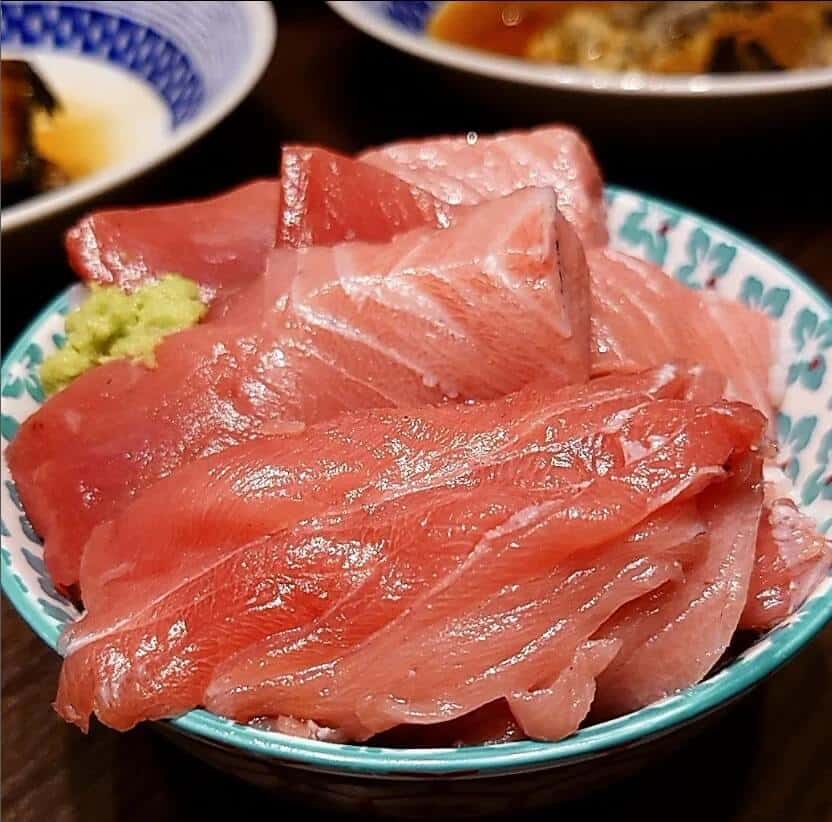
Commonly known as the fish with a strong, but intricate flavor, and a firm, yet soft consistency, the tuna is a big contributor to Japan’s world-famous cuisine and imports.
Just like the salmon, tuna in Japan are commonly served raw (Sashimi), as a part of sushi, pan-fried, or grilled.
Tuna are hard to catch in the seas because of their decreasing population which is why there’s a designated season for catching tunas with eggs or tunas that are still too young.
Tuna has a lot of health benefits because it’s rich in vitamin B12, an important vitamin to avoid anemia. Eating tuna also lowers the risk of cardiovascular problems, and it also gives high amounts of healthy omega-3 fats.
Bonito
Belonging to the same family as tunas and mackerels, bonito fish is very popular in Japan because it’s a part of famous Japanese delicacies like takoyaki and okonomiyaki.

Bonito fish can be served in a variety of ways but the popular ones are: “Katsuo bushi” which are dehydrated bonito fish and it’s seen in the dishes mentioned above. The other way is by grilling or frying the bonito fish to create a sear but the middle would still be raw.
Bonito fish is not just any other fish as it can weigh up to 10 kilograms (22 pounds). The meat content of the bonito fish has a medium-high content level of fat which gives it a strong, but delicious flavor unique to other fishes.
The health benefits of Bonito fish are high protein content which gives essential amino acids and it’s rich in vitamins B12 and iron too. These benefits reduce the risk of dementia, cardiovascular issues, and diabetes.
Agulhao E Sauro
Imagine having a fish so popular, that the locals create a festival to gather around and eat it around the grill. The Agulhao e sauro fish or also known as “Sanma” is a very popular fish among the Japanese people, especially during fall.
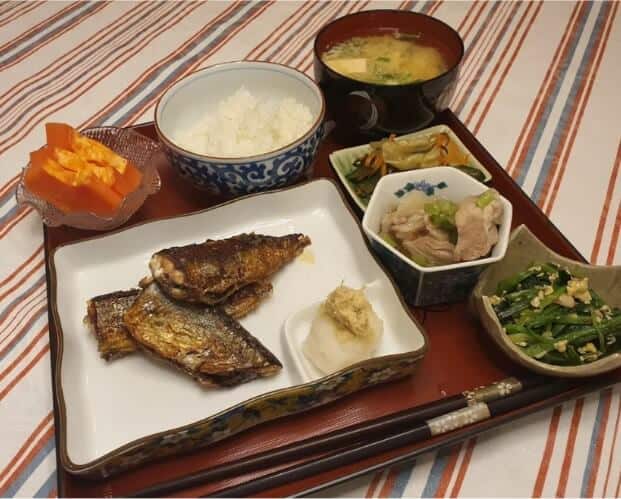
During September, people celebrate the festival specifically created for the Agulhao e sauro fish and it’s called “Sanma Matsuri”. Festivals dedicated to food are not a rare occurrence in Japan and it just shows how much the Japanese people love food!
Agulhao e sauro has a specifically high-fat content during the season of fall which makes it famous at that time. Unlike the previous fishes mentioned, the “Sanma” fish is more known as a grilled delicacy.
A lot of health benefits can be found in Agulhao e sauro and they are healthy omega fats, lean protein, and vitamins. These nutrients improve overall health and bodily functions and prevent cardiovascular diseases like heart attacks.
Willow
Known as one of the versatile fishes in this list, the Willow fish is just a small saltwater fish (usually 15 cm long) but it can be seen in a lot of places like restaurants, schools, and even in izakayas or Japanese bars.
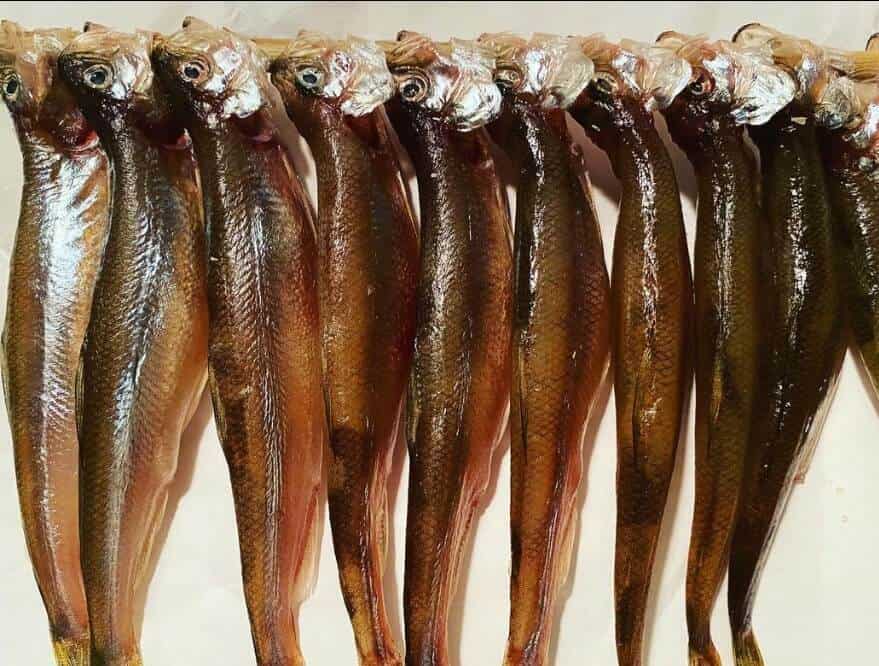
With its name, “Shishamo” literally translating to a “Willow leaf fish”, this fish is usually grilled and even eaten as a whole. The convenience of eating this fish means that it’s a part of the common fish dishes found in school lunches.
The perfect partner of the Willow fish is an egg and a lot of locals even claim that they can’t eat the Willow fish without the egg on top of it.
The Willow fish has a number of health benefits too and they are vitamin B12 and healthy omega-3 fats. This two help in the regulation of blood pressure and reduction of cardiovascular diseases.
Snapper
The Snapper fish is one of the many foods in Japan that hold a certain and special meaning for the Japanese people. In this case, the Snapper fish is served in celebrations like weddings as a sign of luck and prosperity.

Don’t worry though, you can still enjoy the Snapper fish on a regular basis either grilled or in sushi. You can find a lot of amazing snapper dishes all over Japan at different price points as well.
Sometimes called a “Pargo fish”, the Snapper has a mild flavor due to its low-fat content; this is also the reason why we don’t see the Snapper served raw (Sashimi).
Just like the other fishes mentioned above, the Japanese locals wouldn’t love the Snapper fish if it doesn’t have a lot of health benefits too and they are healthy omega-3 fats, vitamin A, potassium, and selenium.
These nutrients aid in improving your metabolism, and cognitive stimulation, increase white blood cells, and improves thyroid health.
Japanese Amberjack
The Japanese Amberjack fish is a very versatile fish as it can be eaten raw (Sashimi), in sushi, grilled, or cooked with soy sauce and sugar mirin to create a savory taste.
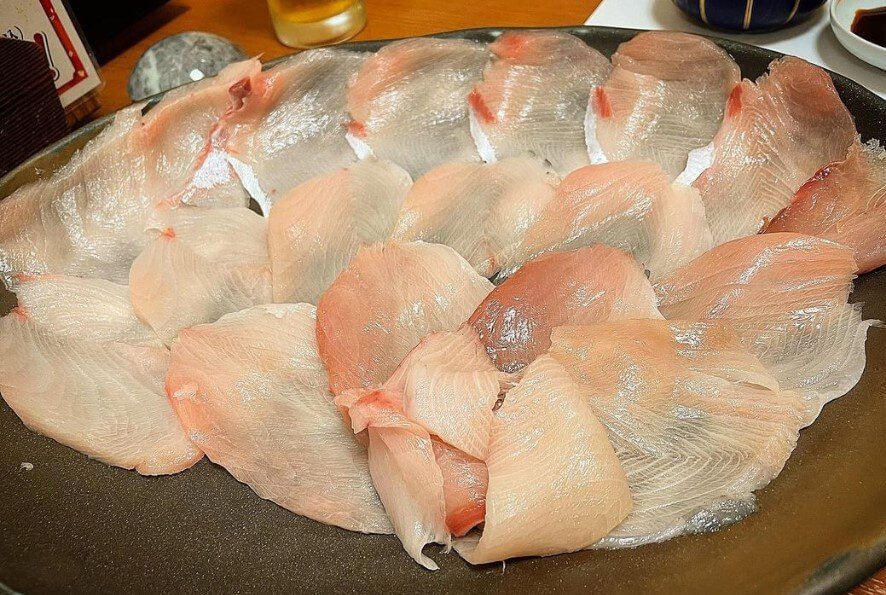
Traditional Japanese vegetables like “daikon” or a Japanese radish fit perfectly as a side dish with the Japanese Amberjack fish.
The “Buri” fish or the Japanese Amberjack fish is native to the northwest Pacific ocean near China, Korea, and Japan all the way to Hawaii.
The Amberjack fish can reach up to 15 kg in weight (33 lbs) and 1.3 m in length (4.27 ft). Its average fat content and soft meat help it to be a perfect dish no matter the way it was cooked.
The “Buri” fish has a lot of health benefits too and they are: healthy omega-3 fats and vitamins A and D. These are beneficial to improve cardiovascular health, better eyesight, and stronger bones.
Japanese Eel
The Japanese Eel or the “Unagi” is one of the fishes that are appreciated by both locals and international tourists because of a specific dish wherein the Japanese eel is char-grilled and served with Kabayaki sauce and rice; this dish is called Unadon or Unaju.

Found in the freshwaters all around Japan, the “Unagi” is more commonly seen during the hot months like August because the Japanese locals believe that the Japanese Eel is not prone to spoiling despite the heat and humidity.
Lake Hamana in Hamamatsu is widely known for quality Japanese Eels which is why locals and tourists alike flock to the lake and the surrounding restaurants around it to get a taste of the legendary Unadon/Unaju dish.
The Japanese Eel is rich in healthy omega-3 fats which are important in overall bodily functions, improved cardiovascular health, better blood pressure, lower cholesterol levels, and stronger bones.
Blue Mackerel
The Blue Mackerel or also called the “Saba” fish is a common sight all across Japan because of its low cost and versatility in Japanese cuisine. Blue Mackerel fish can be grilled, roasted, boiled, or served in sushi.

The “Saba” fish is just a small fish in the open waters as it normally weighs a kilo (2.2 lbs) and 25 cm in length (9.84 in).
The Blue Mackerel has a very complex flavor and it’s described as strong, with a tad bit of freshness, saltiness, a note of sourness, and deep umami flavor which makes it a crowd favorite among Japanese locals and tourists alike.
A number of health benefits can be found with Blue Mackerel as well and they are high mineral count, lean protein source, vitamins, and healthy omega-3 fats.
These are helpful for your cardiovascular health, eyesight, development of cells around the body, and overall bodily functions.
Horse Mackerel
Just like the Blue Mackerel, the Horse Mackerel or the “Aji” is a small fish as well weighing usually a kilo (2.2 lbs) and 15-20 cm in length (5.91-7.87 in).

Given its small size, the “Aji” fish is a light and tasty meal. It’s usually fried but a lot of Japanese people boil, grill, and roast the Horse Mackerel too.
The Horse Mackerel has a layer of red muscle going around its body and it is surrounded by scales as well as a form of protection.
A common misconception about the Horse Mackerel is people associate it with the actual Mackerel fish but it’s not. Horse Mackerel belong in the Carangidae family and they often school with the actual Mackerel fish.
The “Aji” fish is rich in healthy omega-3 fats, vitamins A, D, and B12. These are important in improving overall bodily functions, better cardiovascular health, improved eyesight, and bone health.
Conclusion
Most Popular Types Of Fish Consumed In Japan
Fish delicacies are common and widely loved in Japan by its people and the millions of tourists that visit the country every year. It’s safe to say that fish dishes are one of Japan’s specialties in their wide array of unique cuisine.
This list is just an overview of the famous fishes that are consumed in Japan and there are a lot more that were unfortunately left out of this list.
We hope that this video was helpful in determining the top 10 most popular types of fish consumed in Japan.
See you in our next posts!





